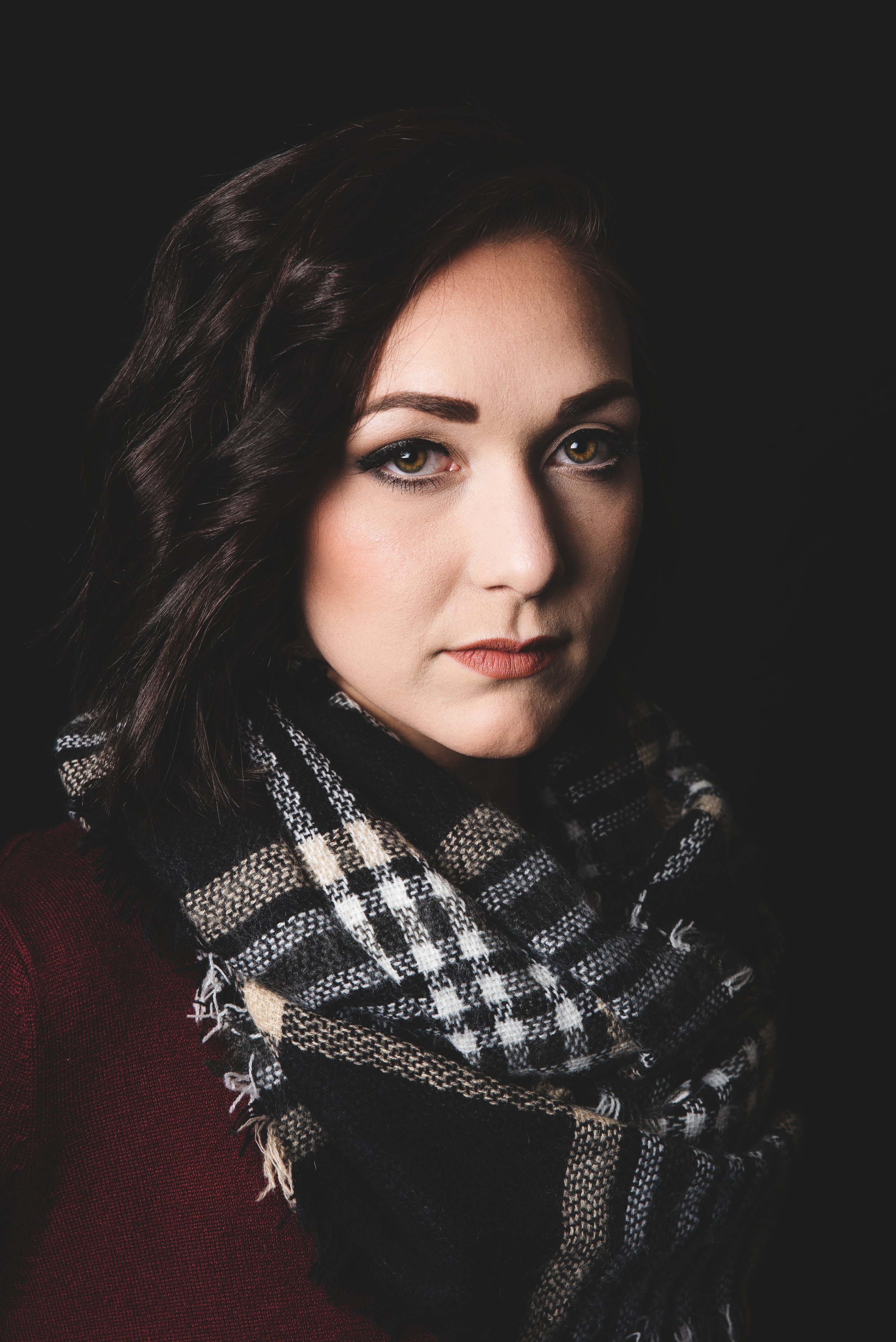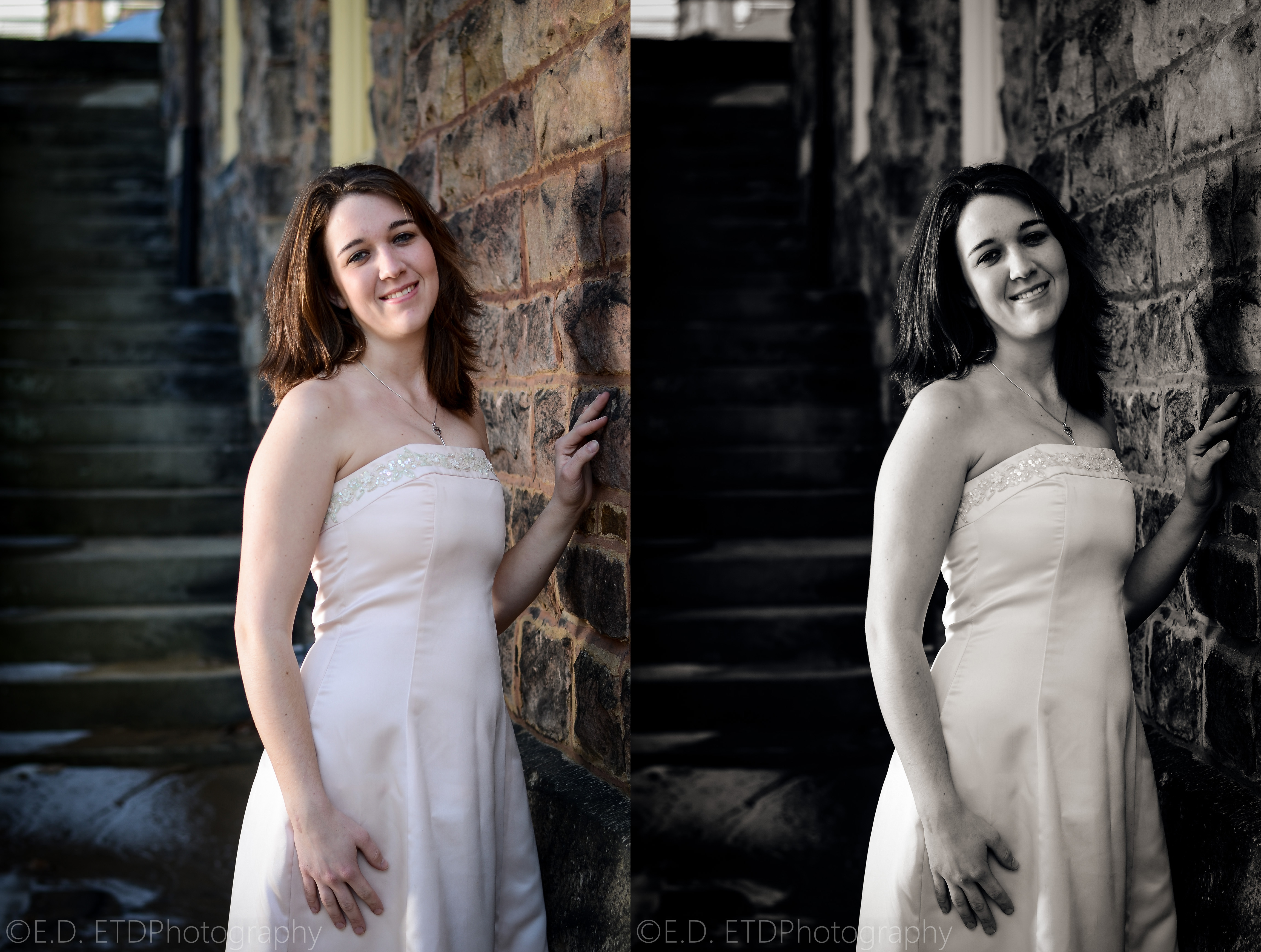1.2 Prerequisites - The Creative Process of Photography
What you need to succeed in the Creative Process of Photography!
1.1 Roadmap, Contents, and Introduction - The Creative Process of Photography
I learn well by doing and by teaching, so this series is a practice of both.
The Best Websites to Learn About Photography: 2018 Update
Here are some hand-picked suggestions for online photography resources.
A Photographer’s Best Friend: The Scrim
t’s a nice sunny day and you want to get some portraits with your friends, but you just end up with harsh shadows across everyone’s face with squinting eyes from the glaring sun. What’s a photographer to do? Get a scrim!
Claiming Your Spot In Front of the Camera: Portfolio Building and Professional Communication for the Aspiring Model
Read up on how to jump-start your modeling career!
Do you daydream about brightly-lit runways, dazzling camera flashes and magazine covers?
How to Get That Trendy Flat Photo Look On Your Phone
Curious how to get that trendy flat look on your photo but don't have Photoshop? You can do it on your phone!
Being a Responsible Wildlife Photographer
I live near Presque Isle State Park. Presque Isle is a wonderful natural treasure with incredible beaches, trails and access to wildlife.
Telling Stories Through Pictures – Wedding Photography
Being able to tell a story through images is one of the best things about photography.
That storytelling is one of the reasons why I really enjoy wedding photography. The industry has changed over the past few decades to include a more journalistic and storytelling approach to wedding coverage, and I think it is a wonderful way to capture all the emotions and beauty of a wedding day.
How do you tell the story of a wedding through photos though? Let’s take a case example to explore.
What Does it Mean to Shoot Digital? Part I
Photography has changed quite rapidly over the past few decades. Instead of darkrooms and film, we have Adobe Lightroom and memory cards.
What does it mean to take a photo with a digital camera though? How does shooting with a digital sensor instead of film affect the look of your photos? What are the advantages and disadvantages of digital sensors?
Photo Editing 101: High-Dynamic Range (HDR) Part 1
This has to be one of my most highly requested topics, HDR.
I’m splitting this topic up over two posts. The first will cover what HDR is and how it is (unfortunately) misused and the second will show how to make HDR images step by step in camera and in photo shop.
Software 101: Adding Vignette
If there is one effect that I would have to name the most popular for photo editing it would have to be the vignette.
Everyone tries it out sometime and usually with good results. Its a subtle effect that can draw attention to the center of your image and create nice framing. Today I'll show you how to apply a vignette with a few different editing programs, and talk a little about what not to do with vignettes.
Using vignettes is very easy in most programs, often requiring only a couple clicks.
Megapixels: Do You Need More?
The first digital camera I ever used took 3.2 megapixel photos. Cameras today take as many as 24 or 36 megapixel photos. What is a megapixel though?
Photo Techniques: The Mode Dial
A lot of people are intimidated by the PSAM (PTvAvM for Canon Users) dial. Today we will go over what these different settings are and when they can be used.
There is usually a lot more than just the standard PSAM settings on the mode dial, but most of these are just variants of the "auto" mode and not the focus of this post. The letters PSAM stand for:
Software 101: Converting to Black and White
There are a lot of ways to convert color photos to black and white. Some provide a bit more control than others, but no method is wrong.
Through a lot of experimentation I found this method that gives me a look I really like and the amount of control over the look I wanted using a combination of Lightroom and Photoshop.
Memory Cards
If there is one incredibly important but under-appreciated piece of photography gear, its the memory card.
These little squares are the protectors of your digital negatives, and there are a lot more to them than people think.
Exposure: Buckets, Hoses, and Triangles
The most basic technical aspect of photography is exposure.
Exposure is basically how much light reaches your camera's sensor (or film) in a single photo.
There are a number of things that can affect exposure and it may seem a bit complicated, but it's not. I have created an effective analogy below that will help you learn how exposure works.
Photo Techniques: Subject/Background Separation
Have you ever wondered how photographers get those creamy smooth backgrounds like the photo above?
There are several factors that create the smooth blurred background (commonly referred to as 'bokeh') including focal length, distance, and aperture the distance between the subject and its background.
To help explain how to do this yourself, let's take a look at each of those.
Editing 101: Picking Programs
Photography doesn't end once you click the shutter.
Practically any photo you see on the web, in a magazine, or in advertisements has been edited. Its not that you need editing programs to make great images, but software like Adobe Lightroom or GIMP allow you to fine tune your photos to be the best that they can.
There are a lot of choices for photo editing and management, from free to "wow really?!"
So how do you go about finding which program is for you? First, consider what you need.
Composition 101: Rule of Thirds
There is no formula for the perfect photo.
There are, however, guidelines to help you train your eye and improve your photos.
The idea of the rule of thirds has been around since the late 18th century, it started in painting with artists describing effective use of light and dark paints.
Extending from this, the rule of thirds is about balance in a photo. To explain this in more detail, first we need to talk about negative space and how it affects your photos.
First Camera Buying Guide - Spring 2014
So you want a shiny new camera?
Admittedly there are a lot to choose from, how do you pick what you need and what will last?
Here are a few steps to help you figure out what you need.



















